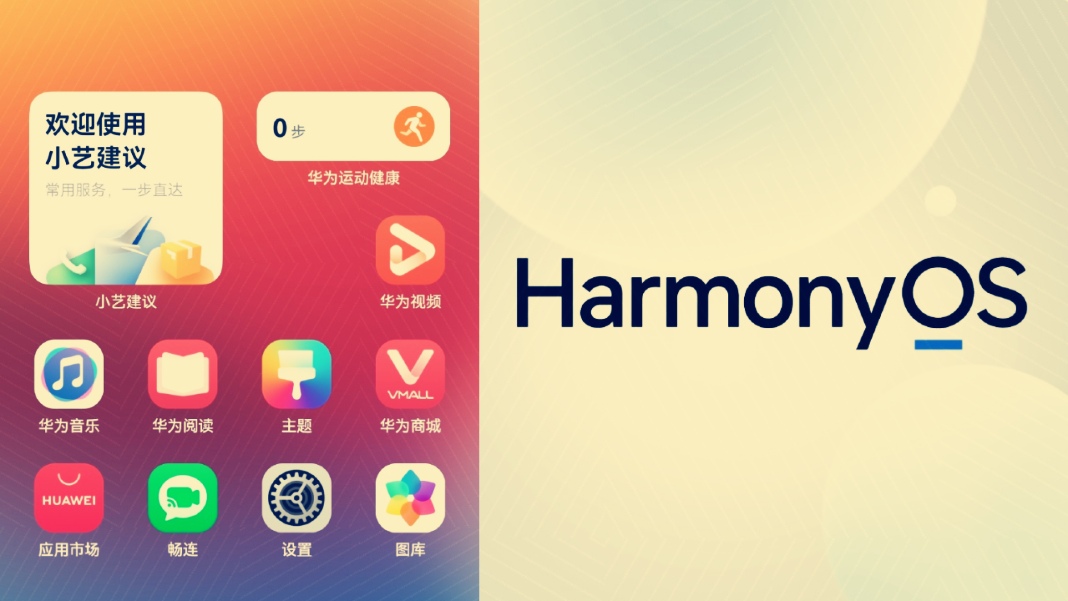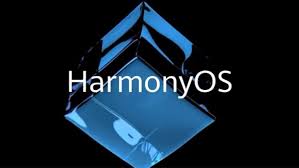Huawei’s Transition to HarmonyOS: A New Era in AI-Powered Mobile Operating Systems
Huawei’s response to the U.S. trade ban has set the stage for a major transition in its software strategy. As the company moves towards cutting ties with Google’s Android, the tech giant is gearing up to fully embrace its homegrown HarmonyOS. With this shift, Huawei is not only changing the OS landscape but also positioning itself at the forefront of AI-powered innovation. This article delves deep into Huawei’s transition to HarmonyOS, what it means for the global tech market, and how this move is poised to redefine the future of mobile operating systems.
What is HarmonyOS and Why is Huawei Ditching Android?
HarmonyOS is Huawei’s proprietary operating system, developed in response to the U.S. trade restrictions that limited its access to key Android components. Unlike Android, which relies heavily on Google’s ecosystem, HarmonyOS is built as a multi-platform OS designed for smartphones, tablets, wearables, and IoT devices.
Huawei’s decision to completely ditch Android app support marks a significant turning point. Initially, HarmonyOS maintained compatibility with Android apps to ease users into the new system. However, with the upcoming release of HarmonyOS Next, Huawei will sever this compatibility, signaling full confidence in its ecosystem’s growth.
This move reflects Huawei’s desire to reduce reliance on U.S.-based technology and create a sustainable, independent software ecosystem capable of competing on the global stage.
A Bold Leap with HarmonyOS Next
HarmonyOS Next, the latest iteration of the operating system, is set to launch alongside Huawei’s flagship Mate 70 series smartphones. The new OS boasts enhanced memory efficiency and advanced on-device AI capabilities, which are expected to deliver smoother, faster, and more intelligent user experiences. However, the true challenge lies in app availability—an area where Android and iOS have long held dominance.
Currently, HarmonyOS Next offers over 4,000 apps, including popular options such as Alipay and McDonald’s. Huawei’s goal is to expand this number to 5,000 by the end of the year, with a long-term aim of reaching 500,000 apps. With this ambitious goal, the company hopes to build an ecosystem that can rival Android and iOS in both functionality and app diversity.
The Role of AI in Huawei’s Future Software Vision
One of the most exciting aspects of HarmonyOS Next is its deep integration of artificial intelligence. The OS is designed to leverage on-device AI for tasks such as app optimization, power management, and intelligent device interaction. Huawei’s focus on AI is no surprise, given its heavy investments in AI research and development.
With on-device AI, HarmonyOS Next will be able to deliver personalized experiences that adjust based on user behavior. This feature, combined with improved memory management, could make HarmonyOS Next not only more efficient but also more responsive to the needs of its users.

App Ecosystem: The Key to HarmonyOS Success
App Ecosystem: The Key to HarmonyOS Success
Building a robust app ecosystem is essential for any operating system to thrive. Huawei is well aware of this, and the company has taken several steps to ensure HarmonyOS Next doesn’t suffer from a lack of apps. The success of the Mate 60 series has galvanized Chinese corporations and businesses to develop apps for HarmonyOS, and this momentum is expected to continue with the Mate 70 series.
One of the major factors influencing HarmonyOS Next’s future is whether it can attract significant support from major app developers like WeChat. WeChat, which boasts over a billion users, is a vital platform in China. If Huawei can secure full WeChat integration, it would provide a massive boost to the HarmonyOS ecosystem, further establishing it as a viable alternative to Android and iOS.
The Strategic Importance of the Chinese Market
Huawei’s home market in China will play a critical role in the success of HarmonyOS Next. Following the trade ban, Huawei lost a significant portion of its global market share, particularly in Europe. However, the company has rebounded by focusing on the Chinese market, where it remains a dominant player.
China is not only the largest smartphone market in the world but also a hub for innovation in mobile technology. By concentrating on building a robust ecosystem in China, Huawei can secure a strong foundation before potentially expanding its reach globally. The upcoming Mate 70 series is expected to play a significant role in this strategy, with projections estimating the sale of 10 million units of the Pura 70 series this year alone.

Can HarmonyOS Compete with iOS and Android?
Can HarmonyOS Compete with iOS and Android?
With HarmonyOS Next, Huawei is positioning itself as a serious contender in the battle for mobile OS dominance. While iOS and Android have long enjoyed a duopoly in the global smartphone market, HarmonyOS represents a third major player with the potential to disrupt this status quo.
The battle between these three operating systems will come down to several factors: innovation, app availability, user experience, and market penetration. Huawei has a clear advantage in the Chinese market, where it can leverage its deep connections with local businesses and app developers. However, expanding HarmonyOS beyond China will require overcoming significant hurdles, particularly in markets where Google and Apple have a stronghold.
Challenges and Opportunities Ahead for Huawei
The transition to HarmonyOS is not without its challenges. Building an app ecosystem from the ground up is no easy task, and convincing developers to create apps for a new platform will take time. Additionally, HarmonyOS will need to prove its reliability and efficiency in the real world, especially as it begins to power more of Huawei’s devices.
However, the opportunities for Huawei are immense. By reducing its dependence on U.S. technology, the company is laying the groundwork for long-term sustainability and growth. The deep integration of AI in HarmonyOS Next also presents a unique selling point that could appeal to tech enthusiasts and professionals alike.
The Future of Mobile Operating Systems: What Does it Mean for Users?
For end users, the transition to HarmonyOS could lead to more diverse and innovative mobile experiences. As Huawei continues to push the boundaries of what AI can do on mobile devices, users can expect smarter, more intuitive smartphones that learn and adapt to their preferences.
Additionally, the presence of a third major operating system could foster healthy competition between Apple, Google, and Huawei, driving innovation across the board. This is particularly important as the smartphone market matures and users demand more from their devices in terms of functionality, speed, and AI-powered features.
Frequently Asked Questions
Why is Huawei moving away from Android?
Huawei is moving away from Android to reduce its reliance on U.S. technology and build a self-sufficient software ecosystem. The transition to HarmonyOS reflects the company’s desire for greater control over its software and long-term sustainability.
What is HarmonyOS?
HarmonyOS is Huawei’s proprietary operating system designed for smartphones, tablets, wearables, and IoT devices. It is a multi-platform OS that integrates AI and offers improved memory efficiency compared to Android.
Will HarmonyOS be available outside of China?
While Huawei is focusing primarily on the Chinese market for now, it has not ruled out the possibility of expanding HarmonyOS globally in the future. However, international expansion would require overcoming significant challenges, particularly in markets dominated by Android and iOS.
How many apps are available on HarmonyOS?
As of now, HarmonyOS Next has over 4,000 apps, with plans to expand to 5,000 by the end of the year and eventually reach 500,000.
Can HarmonyOS compete with iOS and Android?
HarmonyOS has the potential to compete with iOS and Android, particularly in the Chinese market. However, its success will depend on factors such as app availability, user experience, and market penetration.
What role does AI play in HarmonyOS Next?
AI plays a central role in HarmonyOS Next, providing features like on-device intelligence for app optimization, power management, and personalized user experiences.

